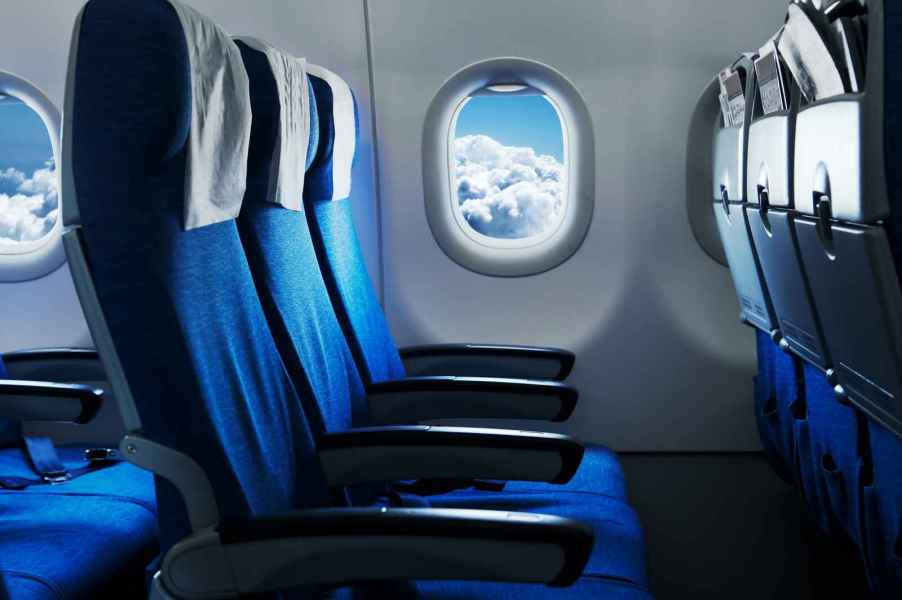
Airplane Windows Are Round, Not Square, for Very Good Reason
Fun flight fact: airplane windows used to be square. Over time, however, this design led to catastrophic consequences. In the 1950s, a series of crashes involving de Havilland Comets, the first commercial jetliners, revealed a critical flaw in boxy glass windows.
In early commercial flight days, airplanes stayed lower and moved slower. As the 50s unfolded, the de Havilland Comet crashes and subsequent passenger injuries caught the industry off guard. As it turns out, the incidents were caused by planes moving higher in altitude as commercial flying became increasingly popular. Engineers discovered that the sharp corners of square windows created stress points in the aircraft’s fuselage.
As an airplane ascends to cruising altitude, the cabin undergoes pressurization, causing the fuselage to expand and contract. The pressure differential between the inside and outside of the cabin exerts significant force on the structure. Sharp corners of square windows cannot evenly distribute this stress, leading to cracks that can quickly spread and cause structural failure.

Rounded windows, on the other hand, distribute the pressure more evenly across the surface. The absence of corners means there are no concentrated stress points, reducing the likelihood of cracks forming. This change in design dramatically enhances the structural integrity of the aircraft, ensuring a safer and smoother flight.
Moreover, the curved shape of the windows also improves aerodynamics. It allows the airplane to move more efficiently through the air, reducing drag and contributing to fuel efficiency. Additionally, passengers benefit from a wider field of view through rounded windows, enhancing the flying experience.
While mostly a forgotten travel tidbit now, the shift from square to rounded windows was a pivotal advancement in aviation safety and design. This crucial change not only prevents potential disasters but also contributes to the overall performance and efficiency of modern aircraft.



